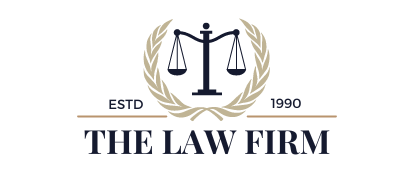Copyrighted works can be used by entities other than the creator in limited forms. U.S. copyright laws grant “fair use” of a copyrighted work for specific situations, including criticism, comment, news reporting, teaching, scholarship, or research. As long as the user passes the four-part “balancing test,” the use of the work is not considered copyright infringement.
Courts apply the following criteria to determine if fair use applies:
The Purpose and Character of the Use
In general, courts favor educational and non-profit use of works when it comes to fair use. There is much more scrutiny if there is a commercial or profitable use in play. Fair use may apply if the original work has been sufficiently transformed into something new and unique.
The Nature of the Copyrighted Work
Mention or use of a work or part of work in a private correspondence may qualify stronger under fair use as opposed to public use of a creator’s work. How the material is used, and also the type of material used, will influence the court’s interpretation. In general, courts tend to be more protective of works of art and fiction, as opposed to non-fiction works that may be for academic purposes.
The Amount or Substantiality of the Portion Used
The Columbia University legal library states that the greater the portion of a body of work that is used, the less likely the use will be protected by the concept of fair use. In addition to the volume used, the impact of the part used matters too. Users of copyrighted works must beware of using the “heart of the work.”
How are parts of songs used so freely in social media? A popular rule of thumb says that samples (a portion or snippet of a song) used should be less than 30 seconds or 10% of the length of the original song, whichever is shorter.
The Effect of the Use on the Potential Market for or Value of the Work Resources
The final factor is also the most complex. Essentially, it refers to the ease of having purchased or legally licensed the work versus using it without explicit permission. Once again, academic versus commercial use also weighs in heavily. A student quoting an article for a student paper is far more likely to be granted fair use than a business that sells t-shirts with the lyrics to a copyrighted song printed on them.


